Unauthorised Building Works be the Deal Breaker
In the court case Mariner International Hotels Ltd v Atlas Ltd (2007) 10 HKCFAR 1 , the parties involved were in legal fight about the Sale and Purchase agreement. One side was looking to exit the contract due to the steep down of the slump property market. The strategy they have adopted was to pinpoint some alleged unauthorised building works which might cause a toll to the “title”. The court case was regarding a hotel valued more than HK$1 billion in 1996. The interesting thing in this case was the decision in Court of Appeal was revolved finally in the Court of Final Appeal. The definition in Section 41(3) of the Building Ordinance were subject to high scrutiny to its literal meaning and legal intention.

https://www.agoda.com/bay-bridge-lifestyle-retreat/hotel/hong-kong-hk.html?cid=1844104
The three structures involved in the court case (all on the roof of the hotel):
- Concrete plinths: a base for an air-conditioning chiller plant
- Gondola post: part of the system for cleaning the exterior walls and glass of the buildings
- An opening in the roof slab: for passage of a chilled water return pipe

Concrete plinths: https://www.bd.gov.hk/en/building-works/minor-works/minor-works-items/index_mwcs_items_c2b.html

Gondola post: https://sites.google.com/a/astec-technology.com.sg/astec-technology/product/BMU-System-Gondola-System/BMU-Davit-Arm-Gondola-System

An opening in the roof slab: https://www.roof.hk/kwun-tong-all
Section 41(3) of the Building Ordinance (version in 1996):
In 1996, Building works other than drainage works, ground investigation in the scheduled areas or site formation works not involving the structure of any building may be carried out in any building without application to or approval from the Building Authority.(Amended 44 of 1959 s. 21; 41 of 1982 s. 11; 52 of 1990 s. 8)
Provided that nothing in this subsection shall permit any building works to be carried out in contravention of any regulation.
The party putting forward the allegedly unauthorised building works argued that the structure on the roof of the hotel are not“in” the building and “involving the structure of the building”.
2004: Court of First Instance (decision later revolved by CFA)
The judgement of Court of First Instance was issued in 2004, the judge thought that all three structures fall in the criteria listed in Section 41(3) of the Building Ordinance, therefore, they are not unauthorized building works.
-
Structures were “in” the building:
The judge thought that the three structures were “in” the building because they could be reached only by entering the hotel. “In” is expressed in a broad sense, to denote a physical juxtaposition which may not necessarily include a complete enveloping. Examples “in” the building such as works which were within the parapet walls or the external envelope of the building were given by the judge. To support this view, the judge referred to the text of a bill to amend the Building Ordinance which proposed to change the section 41(3) to “works which are to be carried out inside an existing building”. The judge thought that this showed the government considering “in” did not mean “inside”.
-
Structures do not involve structure:
Second, the judge equating “involving the structure” with “structural”, which means, to affect or involve the structure, building works had to be a structural element. Hence, placing a heavy weight on the roof, or bolting it to the roof, did not mean it had become part of the structure, even though the weight had to be taken into account in loading calculations. Unfortunately , this “involving structural element” explanation was later rebutted by CFA.
2007: Court of Final Appeal
Nonetheless, the judgement of Court of Final Appeal reverse the decision made by the Court of First Instance.
-
Structures were not “in” the building:
Lord Bokhary PJ agreed that the interpretation of wordings in Section 41(3) should be narrowly in a manner consistent with the statutory scheme of which it formed part instead of a broad manner as mentioned by the judge in the Court of First Instance. It is because the purpose of the building legislation is to protect the public by subjecting structural acceptability to the scrutiny of the Building Authority, widening the exemption would reduce the scrutiny.
As regard “in the building”, Bokhary PJ’s view was that works on the roof of a building are not “in” it. There was, he observed, a purposive difference, relevant to safety, between building works protected from the elements by being in the building and those exposed to the elements. Also, building works on the roof of a building are not ”in” it. Bokhary PJ then also added that he would not cut down the meaning of the word “in’ by recourse to the proposed amendment by which “inside” would be substituted for “in”, since the judge thought that the proposed amendment is to avoid doubt.
Another Court Case Concerning the Definition of “in” the building:
In Bright Dragon Properties Limited v Director of Lands, the judge express that “in” the building means within the parameters and under the ceiling cover of the building.
-
Structures not involve building structure:
Lord Bokhary PJ held the view that building works which served a structural function or were capable to affect the integrity of the structure are involving structure of the building.
To exempt from applying to or getting approval from the Building Authority before construction, the building works should be not involving the structure of the building and in the building. Both criteria should be achieved in order to exempt from approval. Hence, even if only one criterion is achieved, and the building work did not approved by Buildings Department, the building work will also be classified as Unauthorised Building Works (UBW).
2007: Amendment of Buildings Ordinance and Implementation of Minor Works Control System:
This court case attract attentions from different parties and speed up the amendment of Buildings Ordinance in 2007. To facilitate building owners and occupants in carrying out small-scale building works which do not falls into the exemption of Section 41(3), the Buildings Department imposed a Minor Works Control System. If building owners carry out building works that falls into the scope of Minor Works Control System but did not submit the required documents, the building works will be classified as Unauthorized Building Works (UBW).
-
Government proposed version
“Building works (other than drainage works, ground investigation in the scheduled areas, site formation works or minor works) in any building are exempt from sections 4, 9, 9AA, 14(1) and 21 if the works do not—
(a) alter the structural elements of the building; and
(b) bear any imposed load, wind load or dead load other than that due to their own weight.”
-
The wordings in proposed version was unclear commented by HKIS
Later on, HKIS submitted comments regarding the Buildings (Amendment) Bill 2007. They asked for clarification for the phase “bear any imposed load or dead load other that than due to their own weight”, because many very small scale building works also bear some imposed load, for example, the installation of hanging cabinet in kitchens or hanger rails in bathrooms.

Hanging Cabinet: https://www.realdealstubblefield.com/learning-to-install-kitchen-cabinets/

Hanger Rails: https://xiduoli.en.made-in-china.com/product/KOSEVDTdLGkX/China-Bathroom-Hotel-Wall-Mounted-Bath-Holder-Brass-Hanger-Rail-Towel-Rack.html
The Bill Committee Members agreed that certain exempted works are likely to bear imposed load and the proposed section 41(3)(b) could not clearly reflect the policy intent. The Administration was requested to improve the drafting of section 41(3).
-
The Administration modify the wordings
Then, the Administration clarified that furniture or fixtures such as kitchen cabinet or hanging rails within buildings are exempted in policy intent. The Administration admitted that the proposed wordings cannot clearly reflect the policy intent and planned to modify the wordings.
Today Current Version
“Building works (other than drainage works, ground investigation in the scheduled areas, site formation works or minor works) in any building are exempt from sections 4, 9, 9AA, 14(1) and 21 if the works do not involve the structure of the building.”
GBE welcomes comments from Professionals and enquiries from the Public


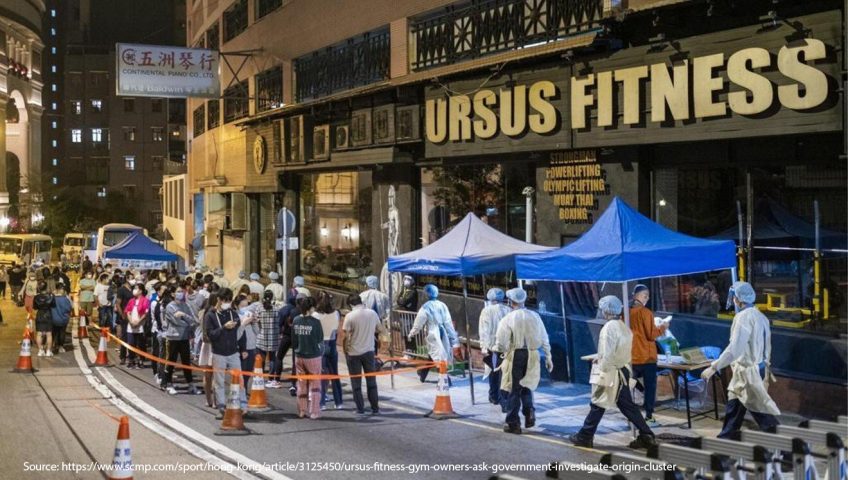
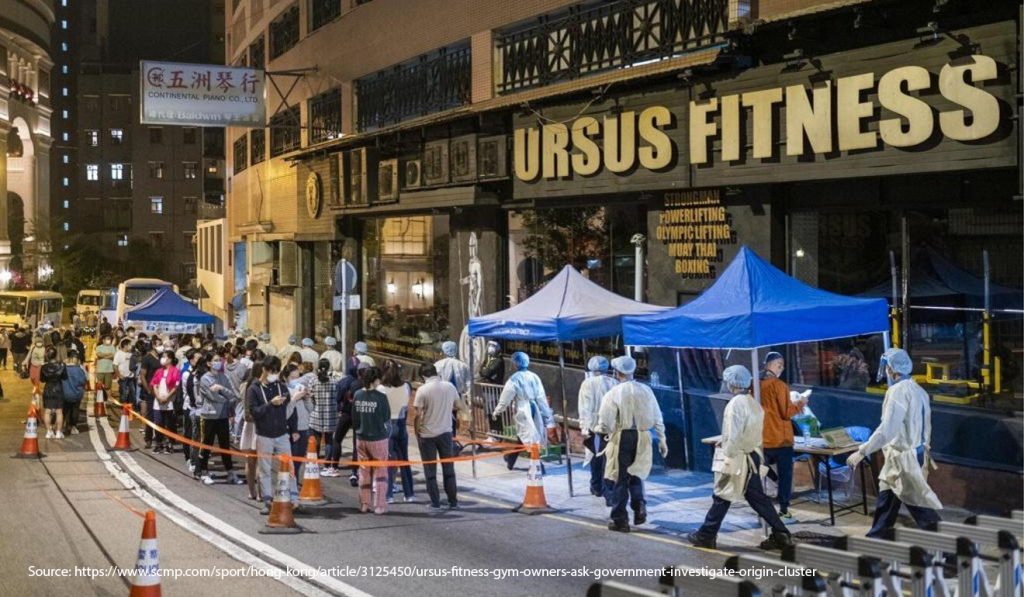
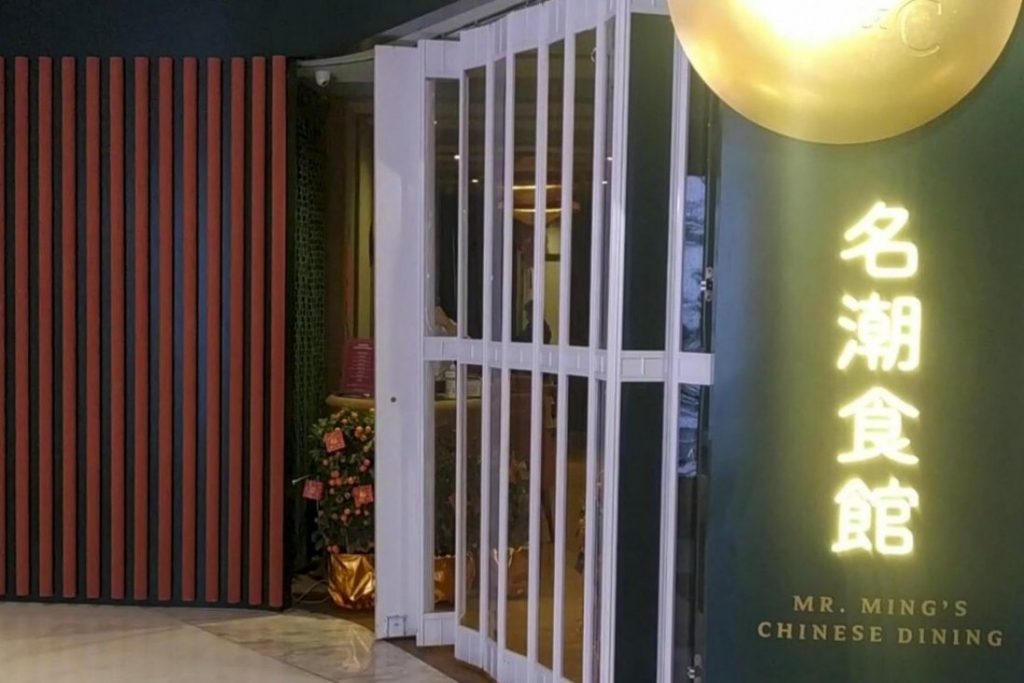
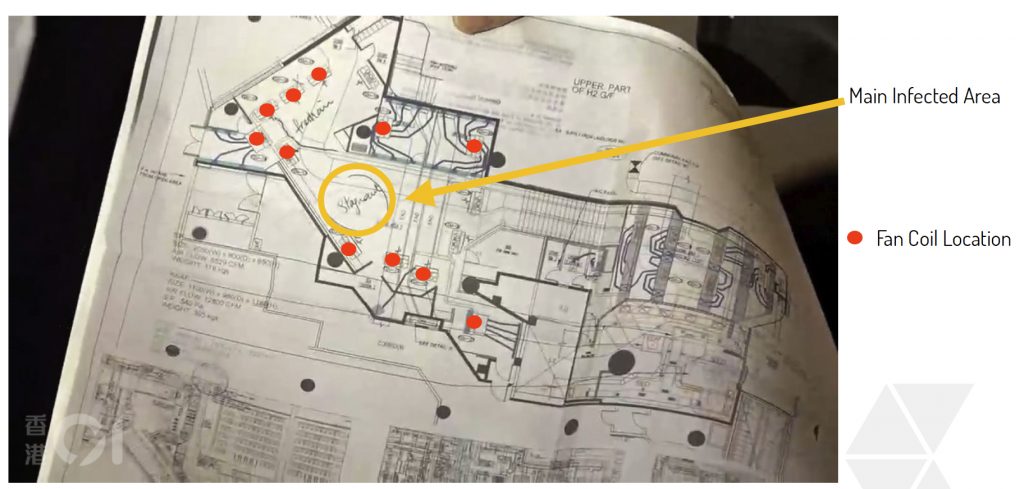
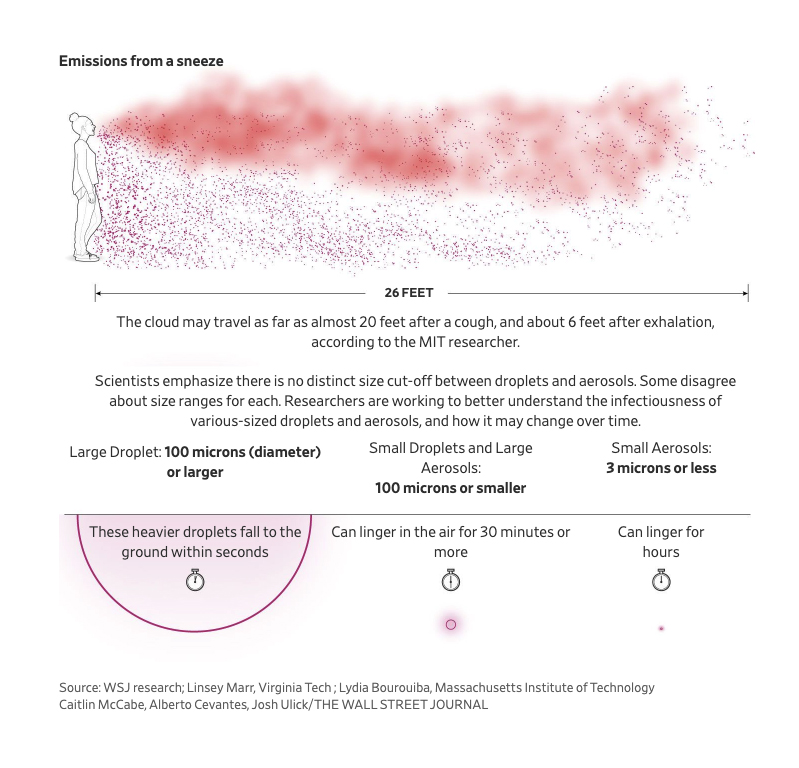

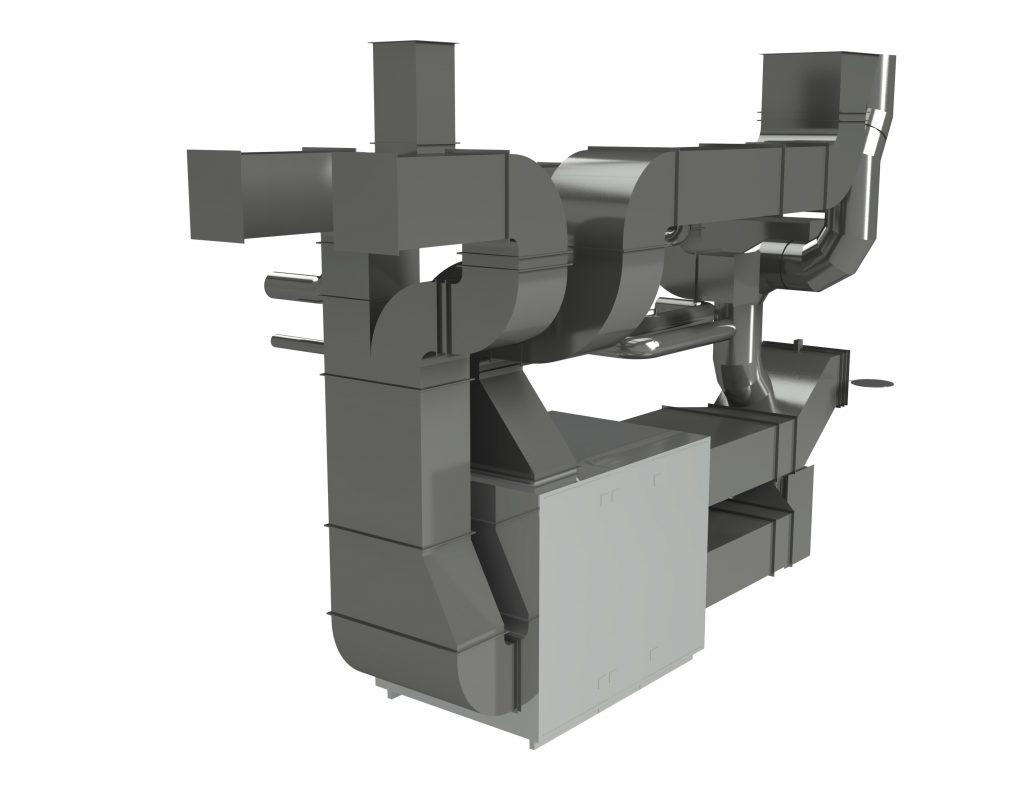
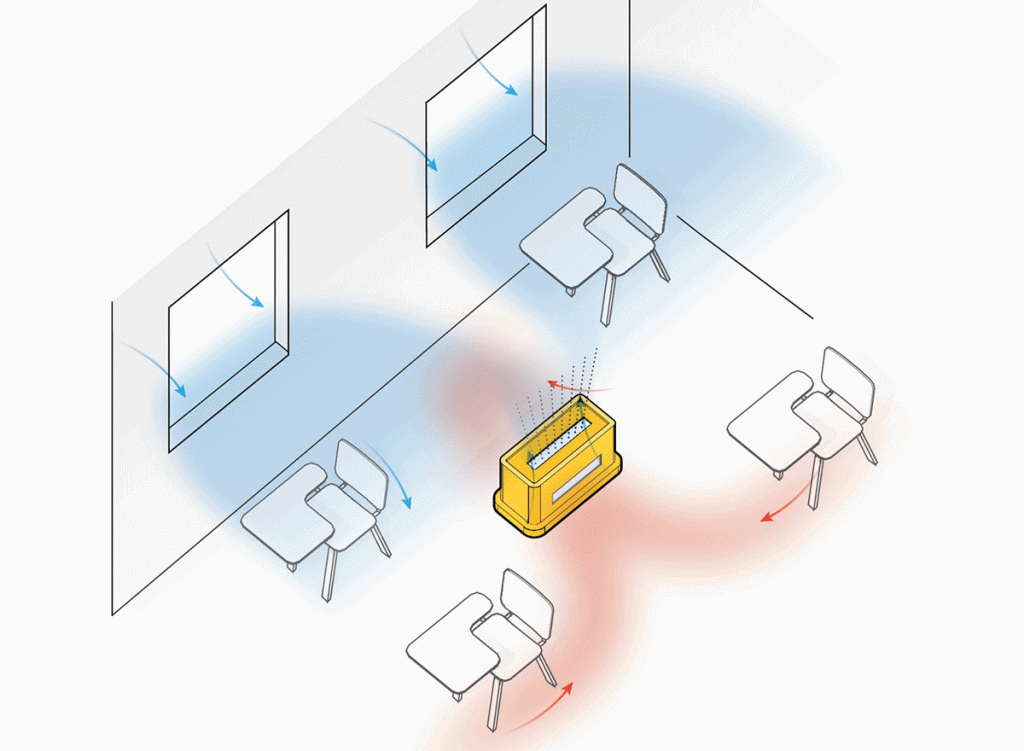
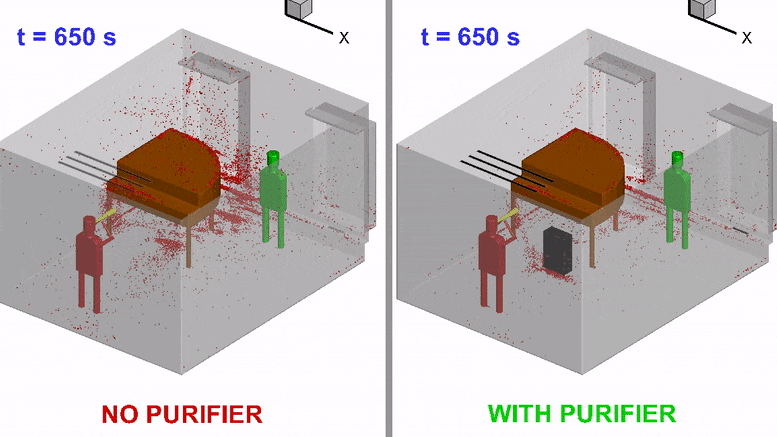

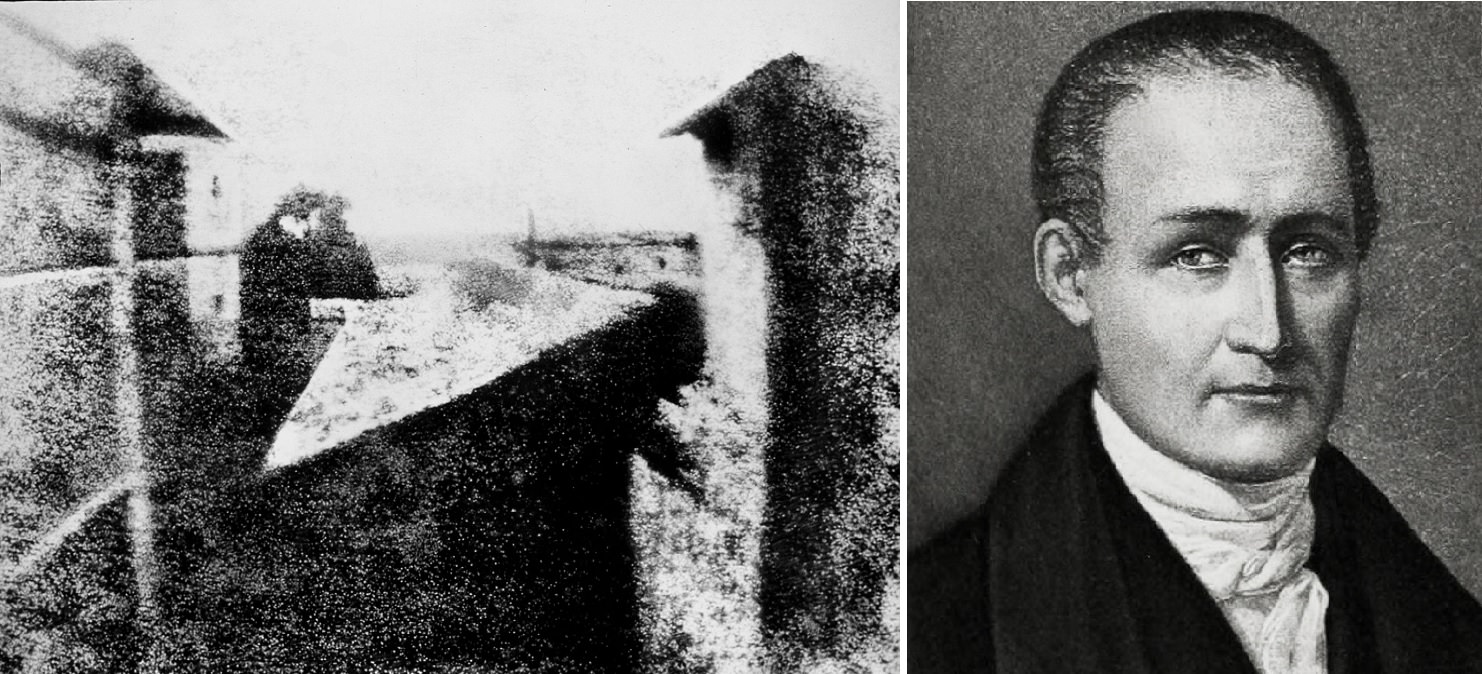
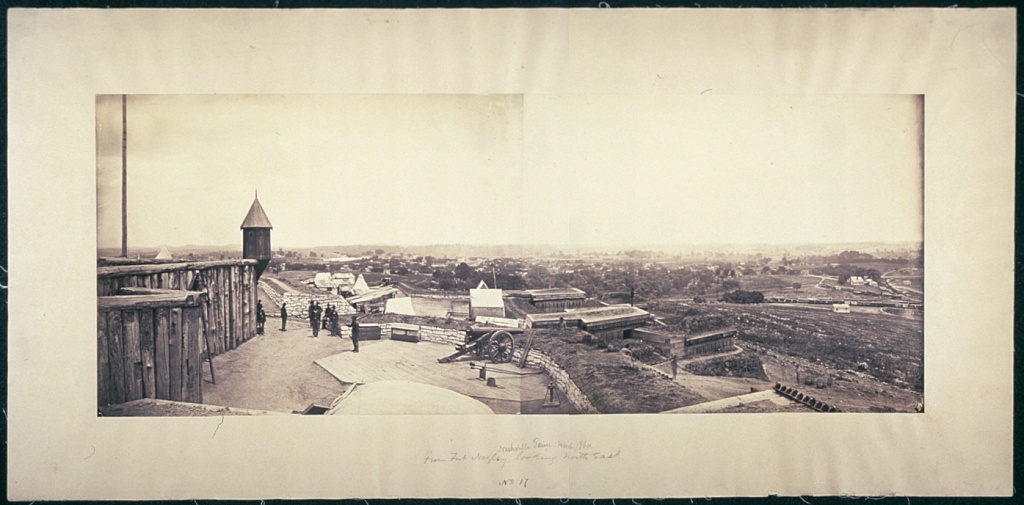

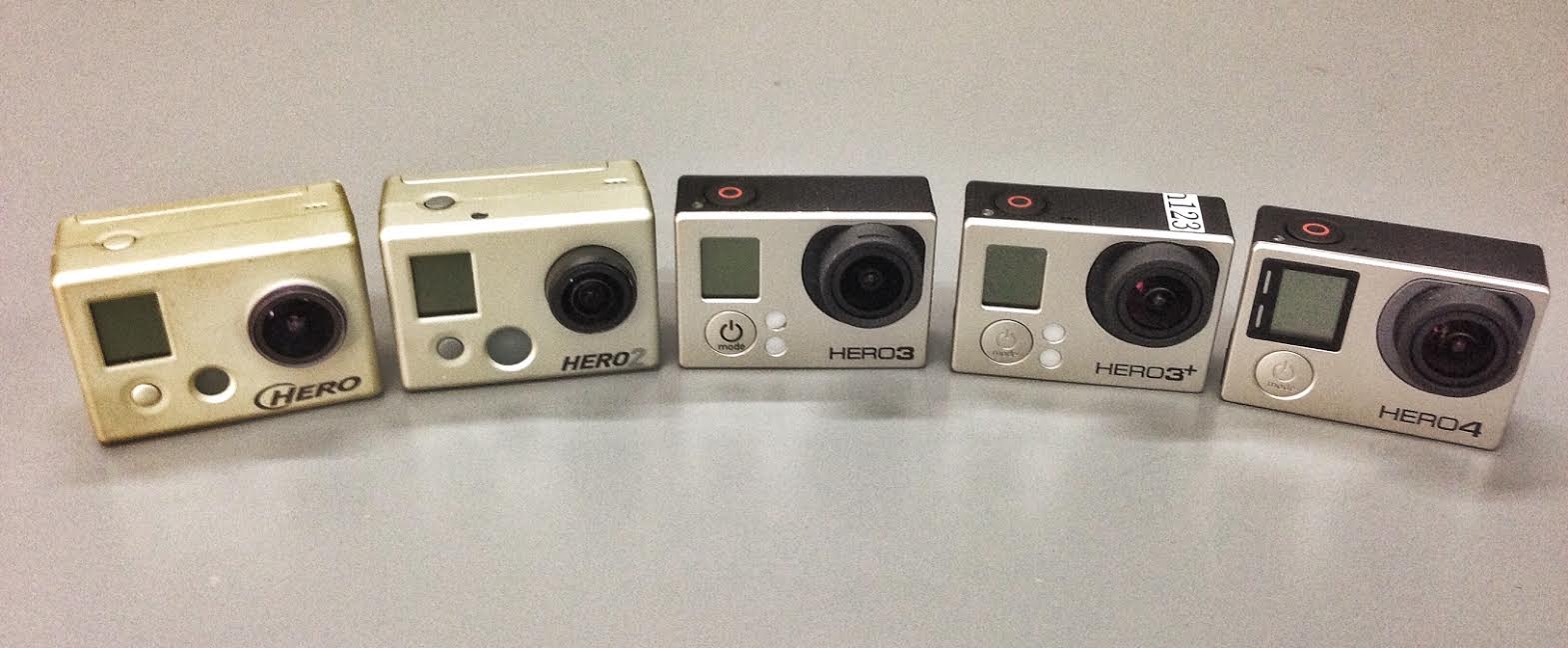

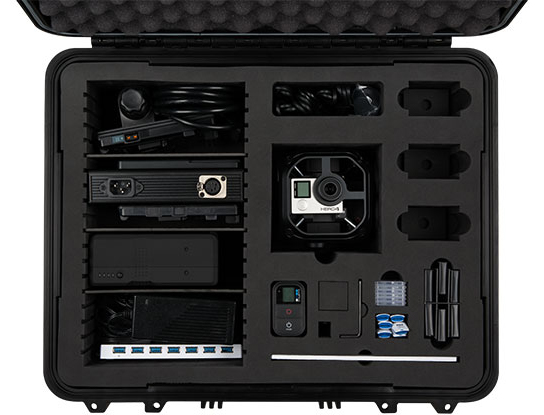





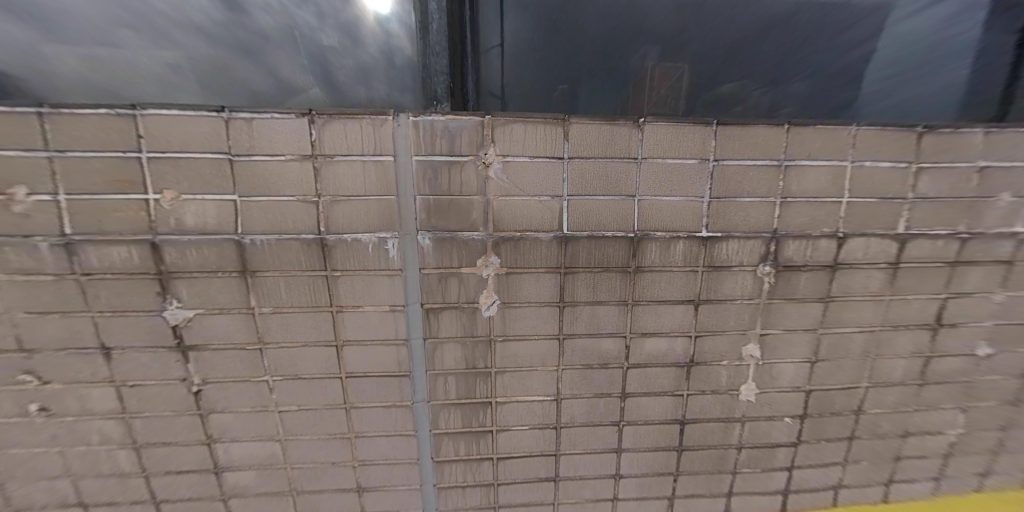
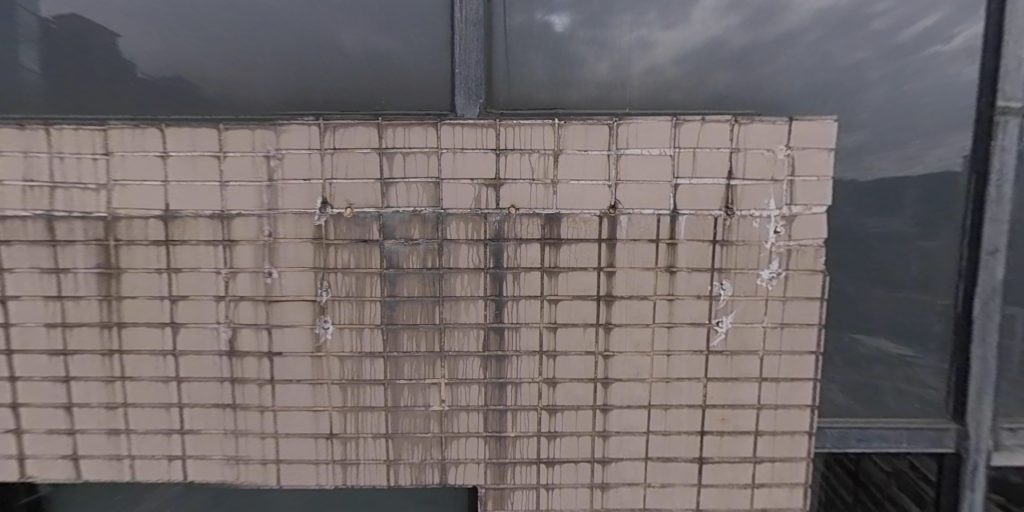
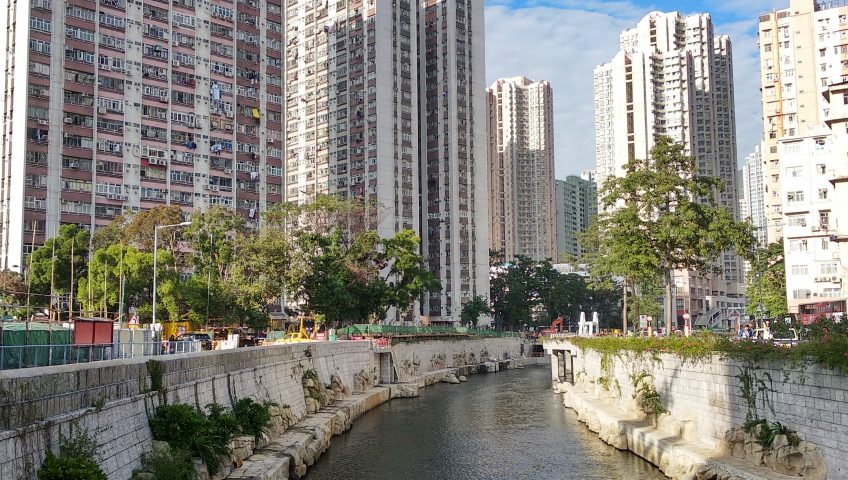

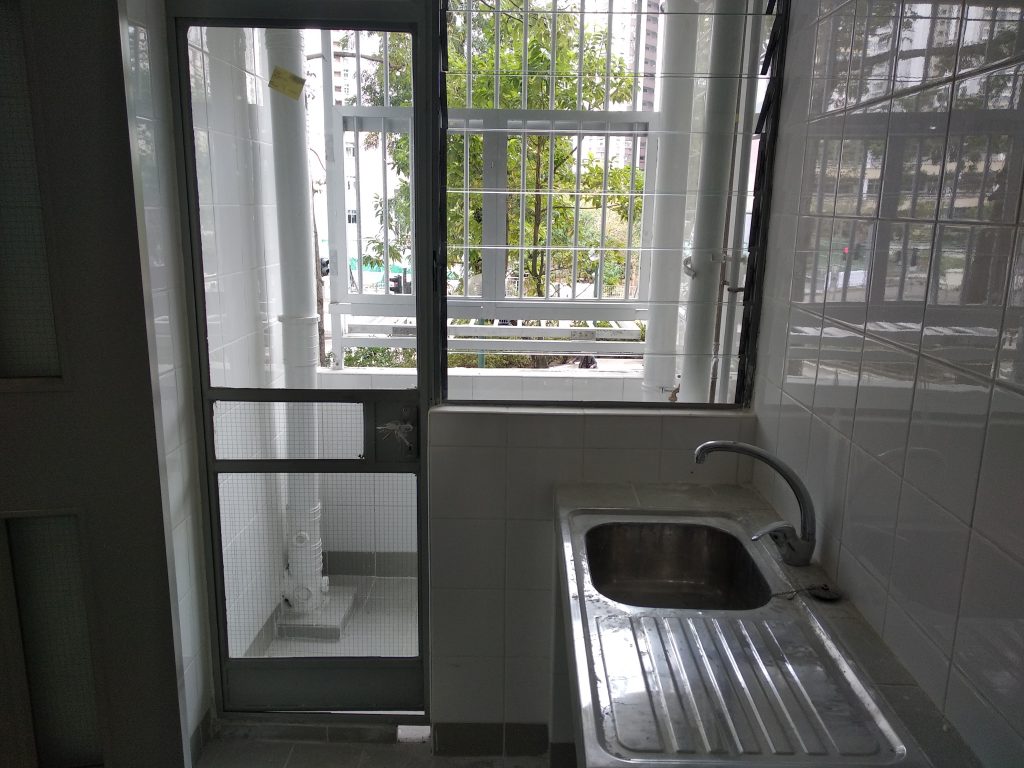

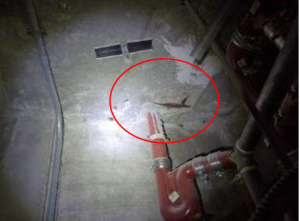

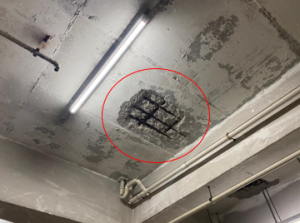
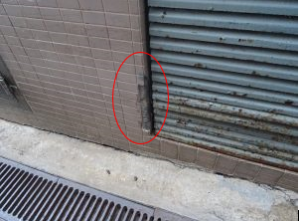
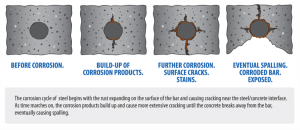
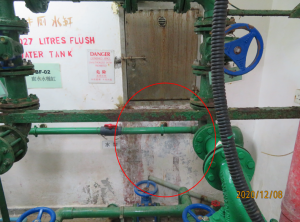

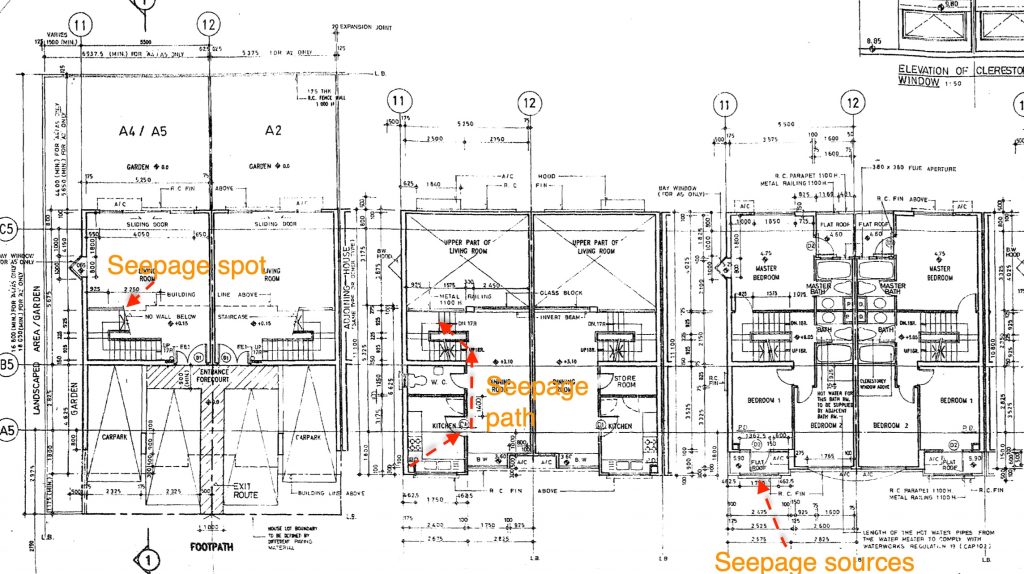
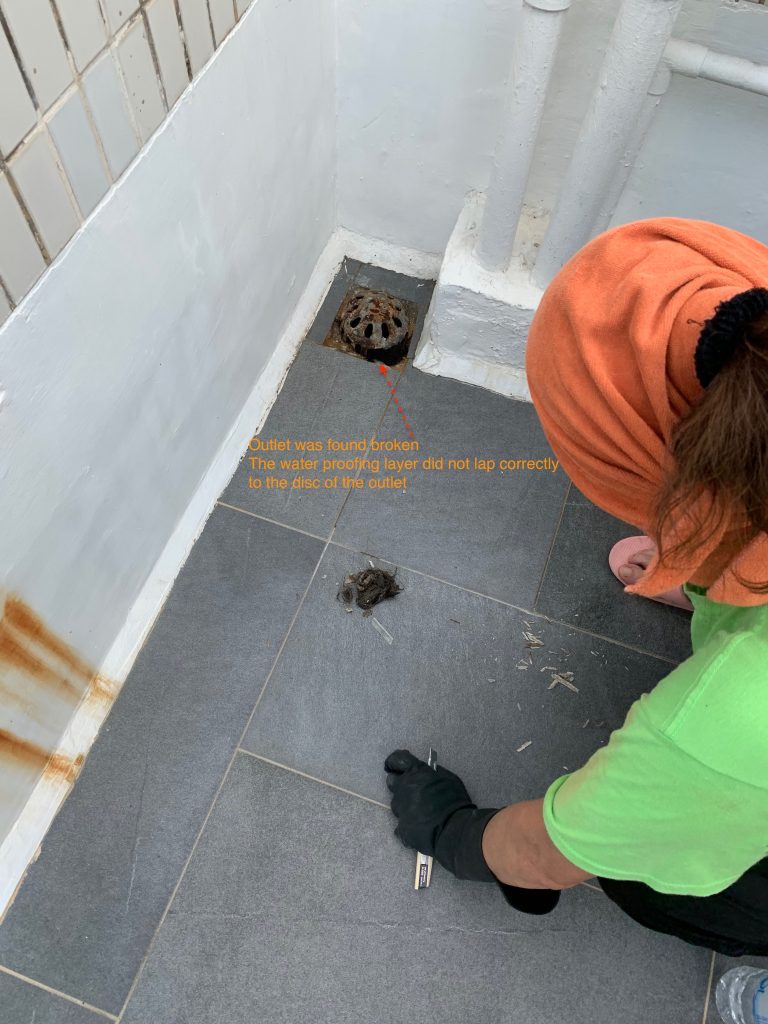
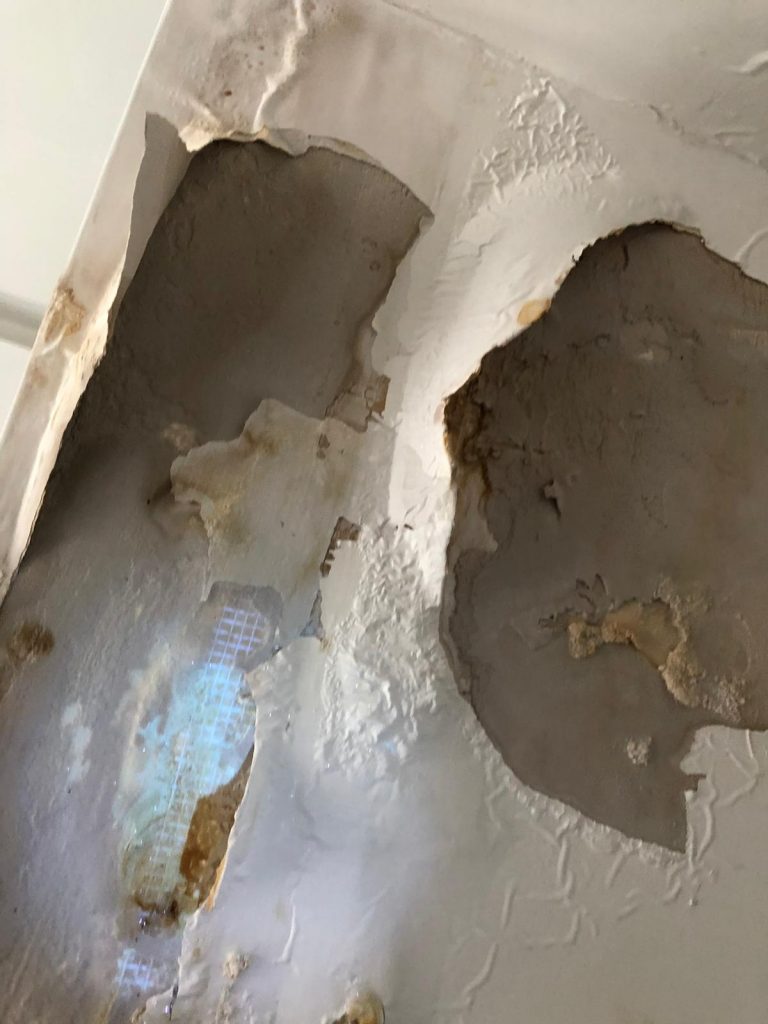 .
.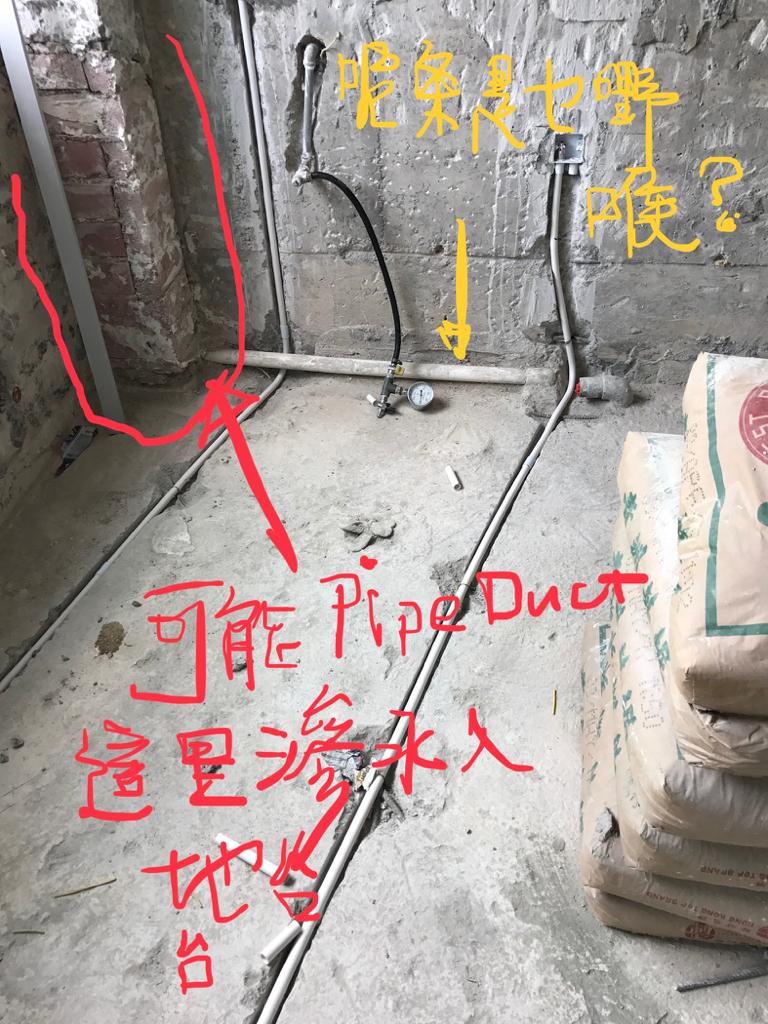



Recent Comments